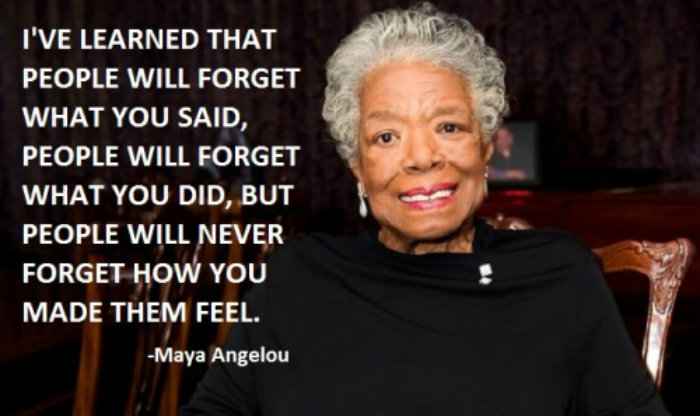Looking to shake things up a little when it comes to your company’s employee communication? It starts with you.
Sure, innovation is a buzzword. But it’s also an important part of any functional area’s ability continuously improve and allow its employees to contribute and grow. Employee communications is no exception.
Open your mind
Before anything else, you have to believe that employee communication can be different than it is today in your organization. Whether you lead an internal communications team or are an individual contributor in Comms or HR, if you want to see possibilities you will.
“Whether you think you can, or you think you can’t — you’re right.” ~ Henry Ford
Also, remember that “innovative” doesn’t have to be “never thought of before by anyone, anywhere”. It just has to mean you (or your company) has never done it before.
Know what problem you’re looking to solve
When you’re first learning to be an innovative communicator, it can be helpful to apply the techniques to a specific goal. Once you become more comfortable with how it works, you can easily start applying the mindset proactively.
Examples of problems you might be looking to solve are:
- More requests for help with communication than your team can handle
- Employees say our content is dry and hard to read
- Too many “unauthorized” people create and deliver employee communication so the quality is inconsistent
Go outside your world
In this case, “world” means who you usually work with (people and areas), the publications you usually read, the events you usually attend and so on.
Seek out ways to gain new perspectives and ideas. Ask questions. If you hear the Manager of IT Support talk about how her team is swamped by requests, ask her what she does to manage the situation. Maybe the team is successful. Maybe not. In either case, asking questions and listening to what they do gives you new input.
And with your open mind, you can then reflect on this new information and ask yourself “Is there any part of what they are doing that could help me solve my problem?”
List what you would never do
That’s right, what you would never do.
Let’s say you’re trying to prevent email overload but you’re coming up empty when trying to find another way of convey a particular piece of information. Follow these steps toward a possible solution that might just be innovative.
- List all the things you’d never do. Let your imagination go. This is brainstorming so don’t edit yourself or assess the viability. This can also be done with other people. Try to get a list of at least 5 things.
- Review the list. Keeping your mind open, ask why you’d never do that. Make notes.
- Look at the reasons. Some are going to be solid. (Example: We don’t have an intranet.) Others, less so. (We don’t know how.) Focus on those with the less-than-solid reasons why you wouldn’t do that thing. Note: If one of those reasons is something like, “Because the CEO wouldn’t like it”, that may seem solid but it’s not.
- Take a closer look. The options with weak reasons — or none at all — might need to be modified a little but that’s where your answer lies.

Understand the risk
Before you commit to do creating and delivering employee communication that’s innovative for your company, ask yourself: “What happens if this doesn’t work?” (In this case, “work” means employees either don’t read/view it or it takes them too much time and effort to understand it.)
If the topic is how much money the company raised for a local charity, the risk is low. It would be too bad if employees didn’t learn about that but wouldn’t impact their work.
However, if the topic is a change to health benefits, the risk is high.
Remember High risk doesn’t automatically mean you shouldn’t do it. It means you need to take a closer look at the feasibility and put thought into how to mitigate the risk.
Learn from the outcome
Whenever you try something new, make note of the outcome. You’ll want to repeat things that went well and stop or modifying those that didn’t go well. Learning from both success and failure is the most valuable part of innovation. It can also be the most rewarding.
Take it from one who had her share of successes and failures when trying something different with employee communication. It’s worth it.
![]()
Founder & Lead Advisor
Lift Internal





